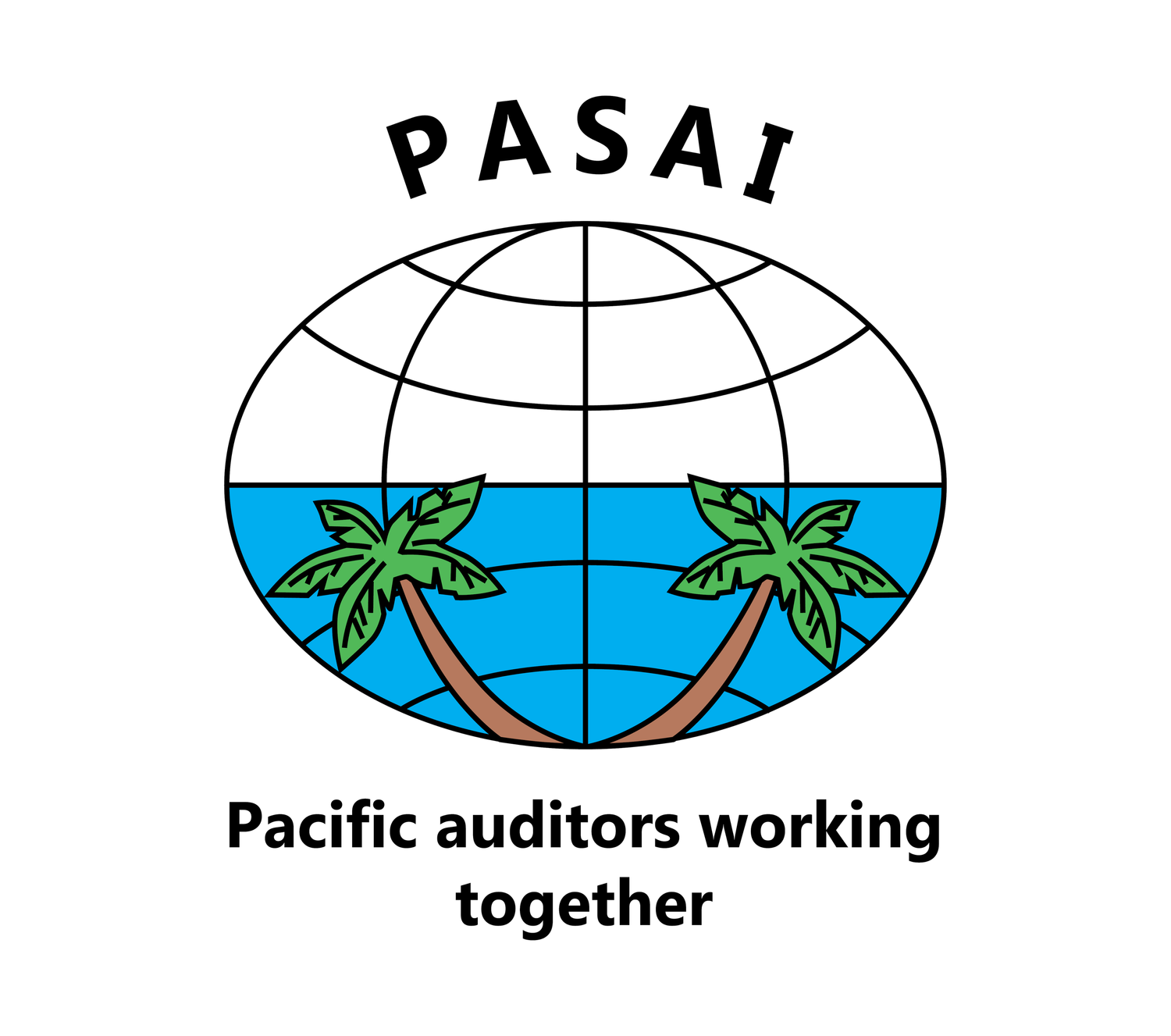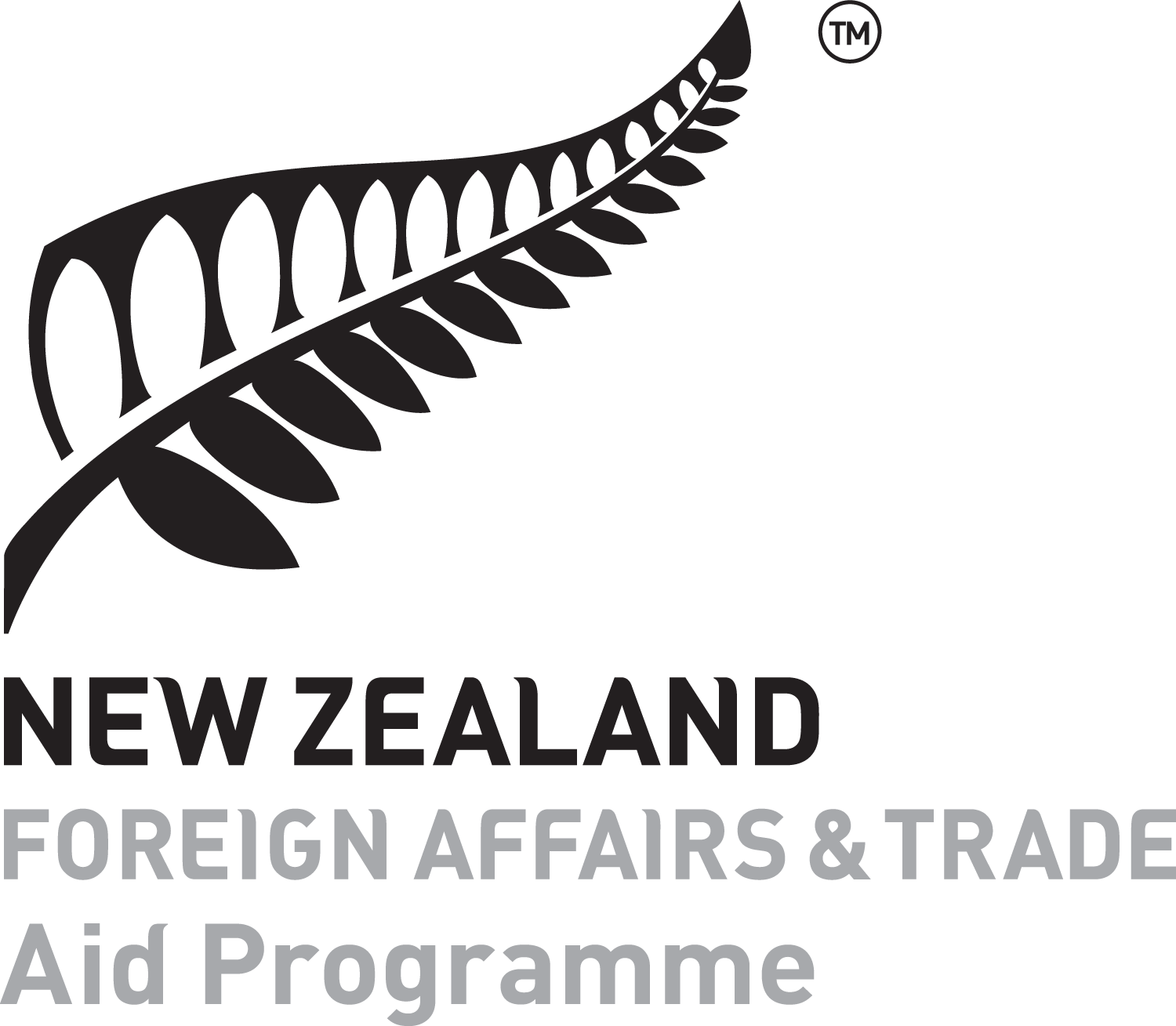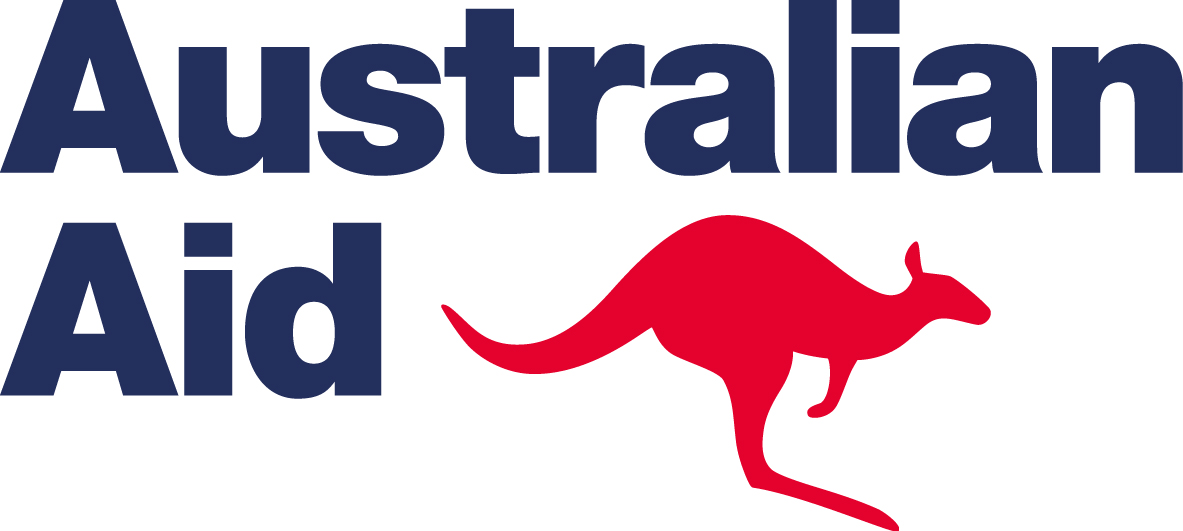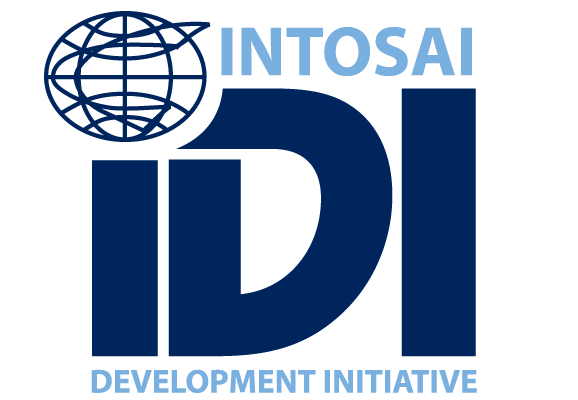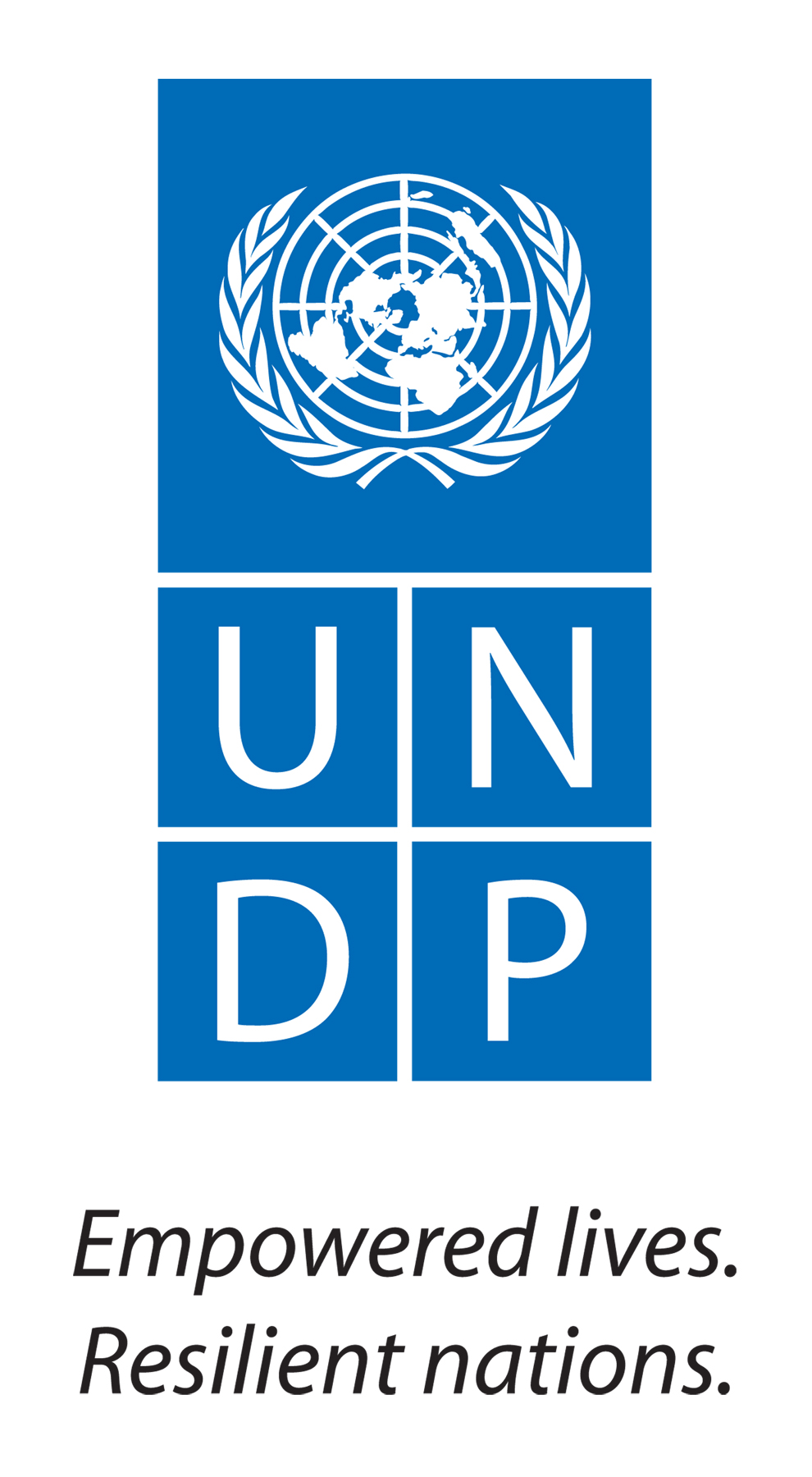By Salv Bianco, Assistant Auditor-General, Performance Audit, Audit Office of South Australia
Background
The Audit Office of South Australia tabled a performance audit report this July on the management of homelessness services by the South Australian Housing Trust (SAHT).
We chose this topic because it is important that these services are effectively managed, as people experiencing homelessness are among the most vulnerable in our community. Homelessness can significantly harm people’s health, safety, wellbeing and ability to engage socially and economically.
The Government of South Australia commits significant expenditure each year (around AUD$70 million) in grant funding to non-government organisations to provide homelessness services. These services support clients in their efforts to find and maintain housing. Recently, demand for homelessness services has increased considerably due to significant pressures on South Australia’s housing market that make finding affordable housing difficult.
Scope and coverage
This performance audit provided an independent view to Parliament on whether:
the homelessness services funded by SAHT are effectively planned and designed to meet the needs of people who are homeless or at risk of homelessness
SAHT has effective oversight and performance monitoring over homelessness service providers to ensure they are achieving contracted outcomes.
Our review was scoped to address the following key areas:
Is there an effective process to identify and prioritise the service needs of people who are homeless or at risk of homelessness?
Have the objectives, outcomes and success measures for specialist homelessness services been effectively defined?
Is there a strategy that outlines how specialist homelessness services will meet identified needs and achieve outcomes?
Are there effective processes for designing the individual specialist homelessness services delivered by homelessness service providers?
Have effective outcome performance measures been defined and effective processes established to collect relevant and reliable information to measure homelessness service outcomes?
Is there effective oversight and performance monitoring of homelessness service providers to ensure their contracted performance outcomes are achieved?
Is there effective performance monitoring and evaluation of the achievement of SAHT’s system-wide objectives and outcomes for specialist homelessness services?
Our audit work started in August 2023 and the audit concluded that, while SAHT is progressing some important initiatives to improve its practices and processes, it is not effectively managing its provision of specialist homelessness services and the increased demand for them. We reached this conclusion after identifying and reporting gaps in the key areas we reviewed. The detailed findings and recommendations are in our report, Managing homelessness services.
Audit challenges
This was a challenging audit with a new service delivery model and multiple stakeholders. There were also changes and departures of key staff during the audit, which caused delays in receiving information and responses to our queries. Our conclusion, detailed findings and recommendations meant that the procedural fairness process had to be managed carefully and thoroughly.
Our audit was also complicated by the change in responsibility for the homelessness services function that occurred as we were finalising our report to Parliament. The function was transferred from SAHT to another government agency from 1 July 2024, and this meant we then had to engage with the other government agency before we reported to Parliament.
Key lessons from our audit
To ensure the client was aware of our audit scope, we communicated our audit objectives and criteria to them for feedback before we started. This proved invaluable later when the client needed to understand the basis for our audit conclusions.
To manage delays in receiving information from the client, we agreed protocols in writing for responding to our requests at the start of the audit. We kept a register to track our requests and had regular meetings with the client to follow up outstanding requests and clarify responses. We also escalated outstanding matters when we needed to.
We summarised data, and used statistics, studies, graphs and visualisations in our report to convey important background information on the topic including what homelessness services are, how they are delivered, the causes of homelessness, the extent of the problem in South Australia and the outcomes of the services provided.
We used graphics and case studies to convey the consequences and impact on people who are experiencing homelessness.
We engaged with a sample of contracted service providers to gain insights about the sector and to support and test our observations and recommendations. We used these insights in our report in highlight boxes titled ‘Service providers told us’. For example, at page 43 of our report we highlighted insights relating to key performance indicators (KPIs) and key result areas (KRAs) in service contracts as follows:
We prepared a preliminary summary of indicative issues and discussed them with the client as early as possible to help progress our audit findings and minimise delays in receiving feedback from the client.
We summarised the client’s feedback and concerns about our audit conclusion, findings and recommendations, and the response and actions we would take, which was critical in finalising the procedural fairness process. We used the summary to discuss the client’s feedback with them and the rationale for our response. In this way the client felt that we had heard their concerns.
Because of the change in agency responsibility for homelessness services right at the end, we had to consult with a wider group of stakeholders when finalising our report. It was important that we clearly identified the decision makers for both agencies and kept them in the loop about the process and timelines to finalise the report. This meant maintaining an ongoing dialogue and understanding the risks they were managing and responding to these.
The various challenges our office faced had the potential to delay our report to Parliament. We were able to navigate these challenges, report on time and maintain effective relationships with both clients involved in the audit. The Audit Office of South Australia is pleased to note that both agencies are now working together on how to implement our recommendations for more effective management of homelessness services in the future.

